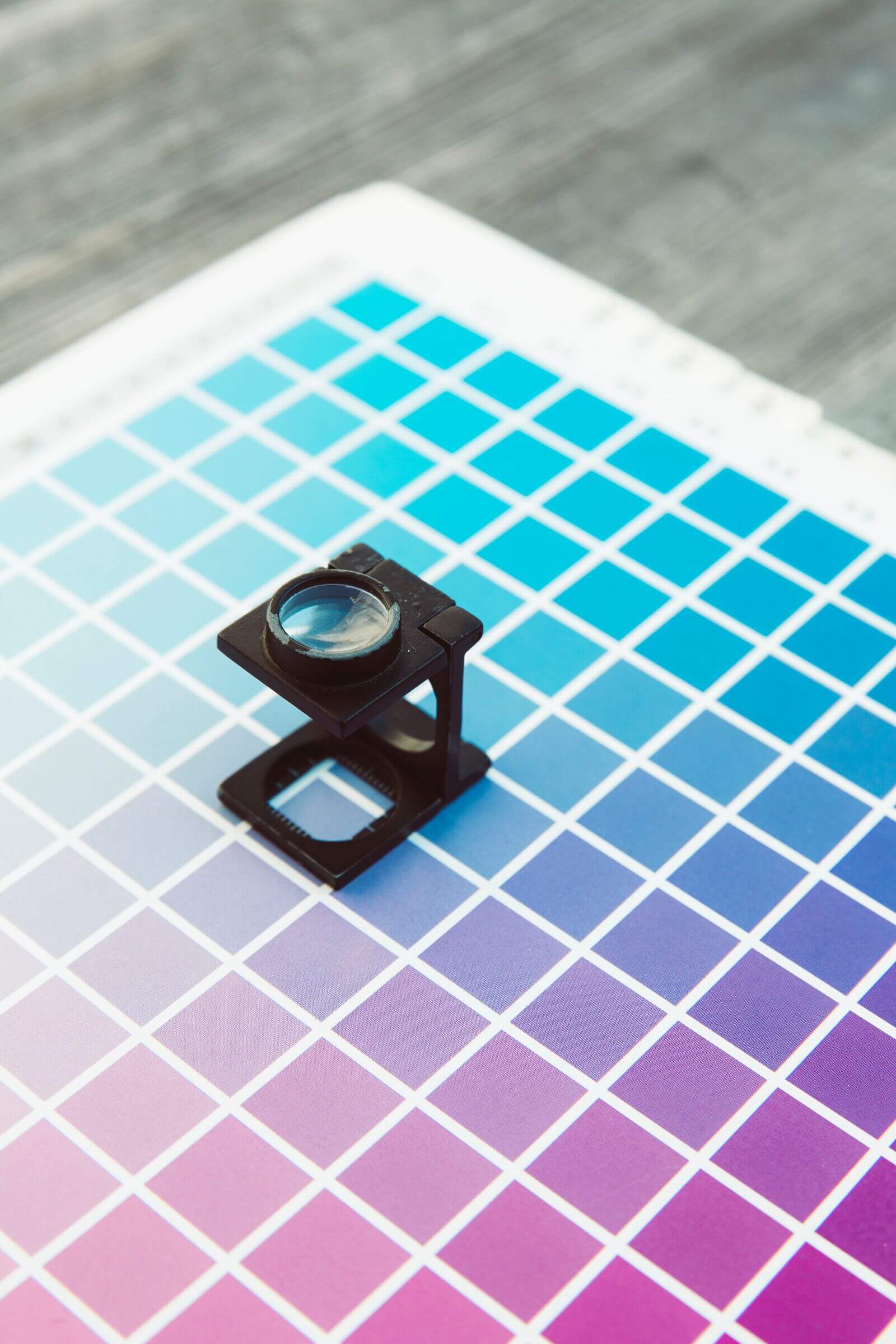How Polymers Are Used in Printing

Polymers are one of the most versatile materials you can find. They can be utilized in a wide range of applications. This includes everything from creating waterproof coatings to producing ceramic tiles. Another use for polymers is for printing.
Now that shouldn’t come as a surprise if you have read the title of this article. What is less clear, however, is how polymers are actually used within the printing process. That’s where this introductory guide can help.
If you’re wondering how polymers are utilized for both 2D and 3D printing, the following information covers the key points.
Polymers for 2D printing
Admittedly, when people think about using polymers for printing, their minds will usually go toward 3D printing. Yet, if there’s anything to know about polymers, it’s the resourcefulness of this material type. As a result, polymeric materials can also be found within the 2D printing sphere.
As shared in an article published by PubMed Central, 2D printing with polymeric materials is done “mainly to provide adhesive… as well as to modify the viscosity, surface tension, and other rheological characteristics of inks.”
Polymers for 3D printing
As mentioned in the previous section, when it comes to printing, polymers are best known for 3D printing. This is where the material truly shines – and allows users to produce a wide range of products to meet their requirements.
There are different forms of polymers available, and it is important these are best matched up against the ideal 3D printing method for optimum results. As each polymer is made up of varying properties and characteristics, you must pay careful consideration to which are suitable for your process.
For example, if you are producing 3D printed parts that require strength, a suitable material choice is thermoplastic. Yet if resilience and flexibility are what you desire, a better option would be an elastomer.
There are many different applications possible with polymer 3D printing. It is possible to create consumer products, medical devices, engineering components, industrial parts and prototypes, and much more.
The benefits of using polymers for printing
Aside from the versatility of using polymers for printing – particularly the 3D kind – there are numerous other benefits gained from this material. Some key points include:
Low-cost option
Polymers are known for being an affordable material to work with for 3D printing. This is particularly the case if you choose the right manufacturer, like polychemistry.com who provide high-quality, innovative polymers for competitive prices. The more you are able to save on the production of your 3D printed products, the more you can improve your profit margins.
Easy to use
Polymer materials are renowned for being easy to use. As they’re flexible and versatile, polymers are easy to manipulate to match your requirements. This is especially the case when combined with a 3D printing machine that takes care of most of the work.
Fast and efficient
When polymers are combined with 3D printing, you can dodge the likes of tooling and assembly. This helps to improve the speed and efficiency of production. The latter is also supported because parts/products can be manufactured as and when needed, meaning you don’t have to store items within an inventory.